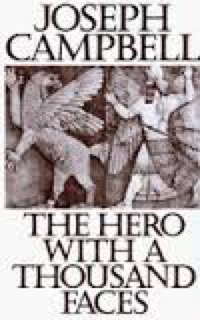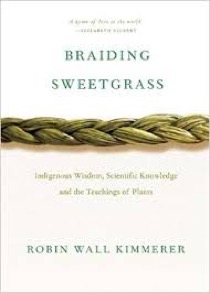February 2017
The Hero with a Thousand Faces
20/02/17 18:50
Joseph Campbell, The Hero with a Thousand Faces (New York: MJF Books) 1949.

I, however, don't think the way that Campbell thinks. Whereas he is continually looking for similarities and common themes in diverse and different cultural traditions, I prefer to look for the unique twists and turns and the things that make each distinct form the others.
In the back of my mind as I read, of course, was the fact that I know that this was a huge influence on George Lucas' Star Wars franchise. Its impact on the first three films of the series is so obvious that were I teaching a course with this book as a text, I would use the movies as a way to discuss the outline and structure of Campbell's theories.
I suppose it was a good idea to read the book, but it is rather a slog, with a fair amount of detail. It works much better as a reference once you have the basic concepts and the outline firmly in your mind. Still, it is a remarkable work and one with which an educated person should be familiar.
Braiding Sweetgrass
20/02/17 18:17
Robin Wall Kimmerer, Braiding Sweetgrass: Indigenous Wisdom, Scientific Knowledge, and the Teachings of Plants (Minneapolis: Milkweed Editions) 2013.

This is the second book by Kimmerer that I have read and it definitely does not disappoint. It is worth reading just for the insights it gives into indigenous North American life and culture. It is, however, so much more. It represents a very unique way of using scientific technique to search for truths that are deep and often hidden from casual observers. Kimmerer is a great teacher of a more significant way of observation that allows those who are patient to discover much more than one might expect.
Add to all of that the simple fact that she is an excellent storyteller and a very good writer and the result is yet another book that I could barely put down. This is a significant work of Indigenous culture. It is a significant scientific text. It is also simply a fine piece of literature. I don't know how she does it, but I am grateful that she does!